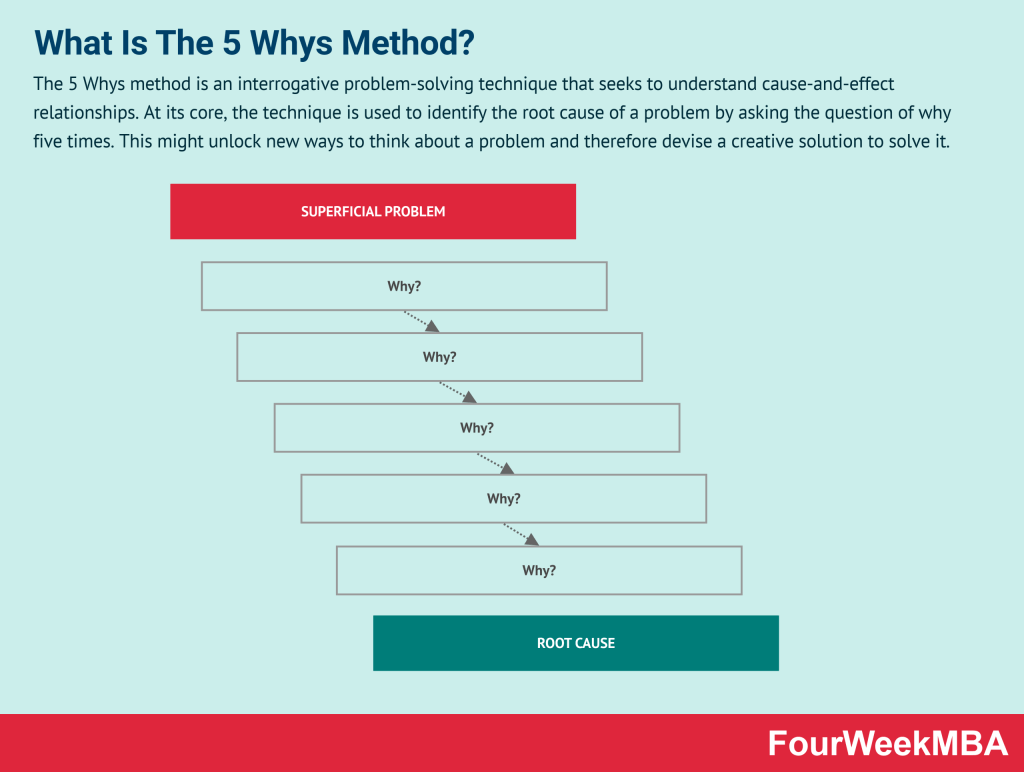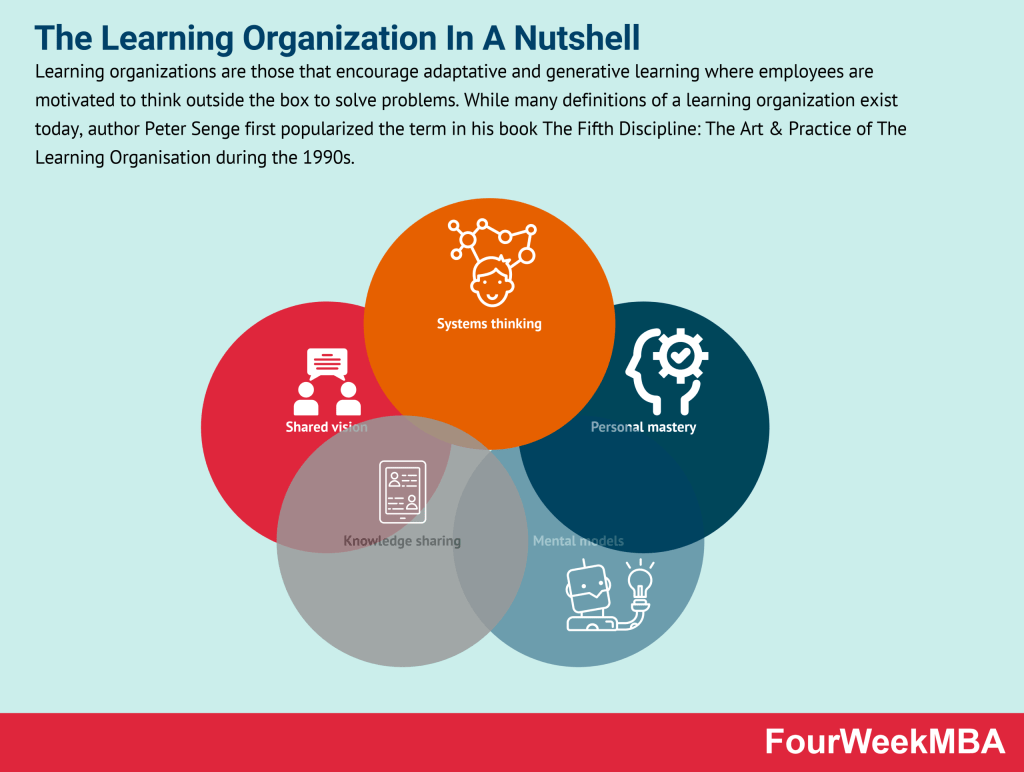Feynman Technique

5 Whys Method

SMART Goals

Occam’s Razor

Inverted Pyramid

Active Listening

Active Recall

Baptism by Fire

Dreyfus Model

Kolb Learning Cycle

Method of Loci

Experience Curve

Learning Organization

Forgetting Curve

Single-Loop Learning

Spaced Repetition

Growth vs. Fixed Mindset

Constructive Feedback

High-Performance Coaching

Training of Trainers

Blended Learning

VAK Learning

Lessons Learned

Post-Mortem Analysis

Instructor-Led Training

5E Instructional Model

Key Highlights
- Feynman Technique: A learning strategy that involves explaining complex topics in simple terms to enhance understanding and memory.
- 5 Whys Method: A problem-solving technique that involves asking “why” multiple times to uncover the root cause of an issue.
- SMART Goals: A goal-setting framework that emphasizes specificity, measurability, achievability, relevance, and time-bound nature.
- Occam’s Razor: The principle that states the simplest explanation is often the best solution when multiple options are available.
- Inverted Pyramid: A journalism style that presents the most important information first, followed by details in descending order of significance.
- Active Listening: The process of attentive listening, using verbal and non-verbal cues to show understanding, fostering effective communication.
- Active Recall: A learning technique involving retrieving information from memory to enhance long-term retention.
- Baptism by Fire: Learning through challenging experiences or difficulties, often used in the context of new employees or soldiers.
- Dreyfus Model: A skill acquisition model with stages ranging from novice to expert, illustrating how skills are developed over time.
- Kolb Learning Cycle: A theory that highlights the importance of experiential learning and reflection in the learning process.
- Method of Loci: A mnemonic strategy where information is associated with specific points on an imaginary journey for improved recall.
- Experience Curve: The idea that as experience in manufacturing increases, costs decrease due to efficiency gains.
- Learning Organization: An organization that promotes continuous learning, innovation, and adaptation among its members.
- Forgetting Curve: A graphical representation of how information is forgotten over time without deliberate efforts to retain it.
- Single-Loop Learning: Learning that focuses on adjusting strategies while maintaining the underlying assumptions.
- Spaced Repetition: A learning technique involving reviewing material at increasing intervals to enhance long-term memory retention.
- Growth vs. Fixed Mindset: Mindsets that determine whether individuals believe their abilities are fixed or can be developed through effort.
- Constructive Feedback: Supportive feedback designed to help individuals improve their performance or behavior.
- High-Performance Coaching: Coaching aimed at helping individuals reach their full potential in personal and professional contexts.
- Training of Trainers: A model where experienced instructors train new instructors to subsequently train others.
- Blended Learning: A mix of online and offline instructional methods to enhance learning.
- VAK Learning: A theory categorizing learning styles into visual, auditory, and kinesthetic preferences.
- Lessons Learned: Insights gained from experiences in projects that are shared to improve future endeavors.
- Post-Mortem Analysis: A review process analyzing completed projects to identify improvements and avoid repeating mistakes.
- Instructor-Led Training: Traditional teaching approach involving direct interaction between instructors and students.
- 5E Instructional Model: An inquiry-based teaching framework involving Engage, Explore, Explain, Elaborate, and Evaluate stages to enhance learning.
Related Strategy Concepts: Read Next: Mental Models, Biases, Bounded Rationality, Mandela Effect, Dunning-Kruger Effect, Lindy Effect, Crowding Out Effect, Bandwagon Effect, Decision-Making Matrix.
Read More:








